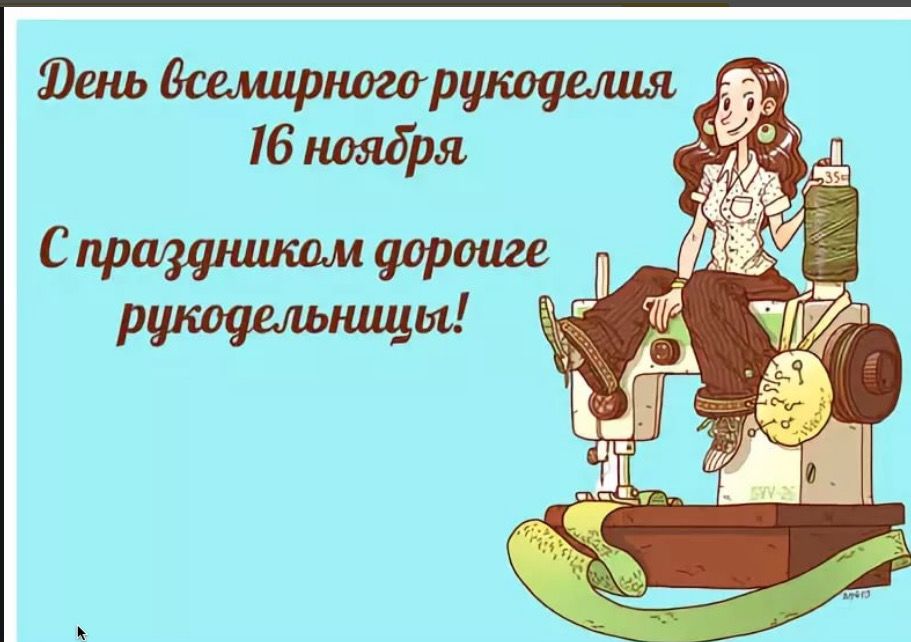
creativecommons.org
A skirt with tails is one of the universal options that will suit almost any figure. Depending on the length and texture of the fabric, a skirt with tails can be an option for every day or an evening option. An additional advantage is that this cut is suitable for women of any age. In this material you will learn where tails came from in the women's wardrobe and how novice craftswomen can sew a skirt with tails with their own hands. As always, at the end of the article you will find a pattern, as well as a detailed step-by-step master class on sewing a skirt with tails and photos of ready-made options for inspiration.
What are coattails?
Coattails are rounded folds that form on skirts and jackets (lower back) under the weight of the fabric itself. Folds differ from ordinary folds in their softness of shape and their artificial nature - dressmakers deliberately form cone-shaped folds when stitching the product. The most common example of a skirt with tails is a circle skirt or flared skirt.
When did coattails appear on skirts?
Coattails probably appeared immediately after people learned to cut complex things consisting of more than one part. The pretty pleats helped add volume where it was needed and provide a nice contrasting transition between the waist and hips. Moreover, a skirt with tails visually adds height to the model and makes her slimmer. This effect is especially visible in the combination of a skirt with tails and a tight turtleneck. By the way, the word “coattail” itself is of German origin; translated “die Falte” means “fold, assembly.”
Fashion for skirts with tails
A skirt with tails is a universal option that is suitable for a young girl or a mature woman, regardless of body type. This option is also convenient because a skirt with tails will be appropriate for any event: shorter options are suitable for school, university or a walk with friends, skirts with medium length tails will be appropriate in the office or at a business meeting, and long skirts with tails are suitable for evening event. The democratic shape with minimal decoration draws the viewer’s attention to the fabric itself and the neatness of the cut.
What you need to sew a skirt with tails
- A piece of fabric. If you are a beginner seamstress, it is best to abandon capricious satin or silk fabrics and give preference to matte, plain materials of medium density.
- A pattern constructed according to the parameters of the model based on the desired length. A sample is provided at the end of this article. It is best to calculate the pattern in advance using a special program or yourself, and print the resulting blanks.
- Sewing supplies for cutting (threads, needles, scissors, chalk for transferring patterns, pins, etc.).
Step-by-step master class on sewing a skirt with tails

As an example, this article provides a basic pattern that can be changed depending on the wishes of the seamstress and the model.
- Adjust the pattern for the basic skirt with tails and print it out.
- Divide the pattern into several parts, indicating the uniformity of the folds. Remember, the more parts, the more even the folds will be. Draw each fold, paying attention to each dart.
- Cut the pattern along the marked lines, including the marked darts. Secure the pattern to the paper with pins and adjust the width of the tails by laying out the split darts. If you want coattails of small volume, the width between the parts should be 3-6 cm, if you want an average size - 10-14 cm, it is not recommended to make a large coattail more than 20 cm.
- Attach the pattern to the fabric, guided by the position of the grain thread. Please note that the grain thread in this model should be located at an angle of 45 degrees relative to the midline of the pattern.
- Trace the resulting pattern and mark 1.5-2 cm indentations on the fabric.
- Cut out the resulting pieces.
- Sew using a fitting stitch and try on the resulting skirt with tails on the model.
- Adjust the pattern if necessary.
- Finish stitch the fragments.
- Finish the edges of the skirt.
- Iron the item.


 0
0





